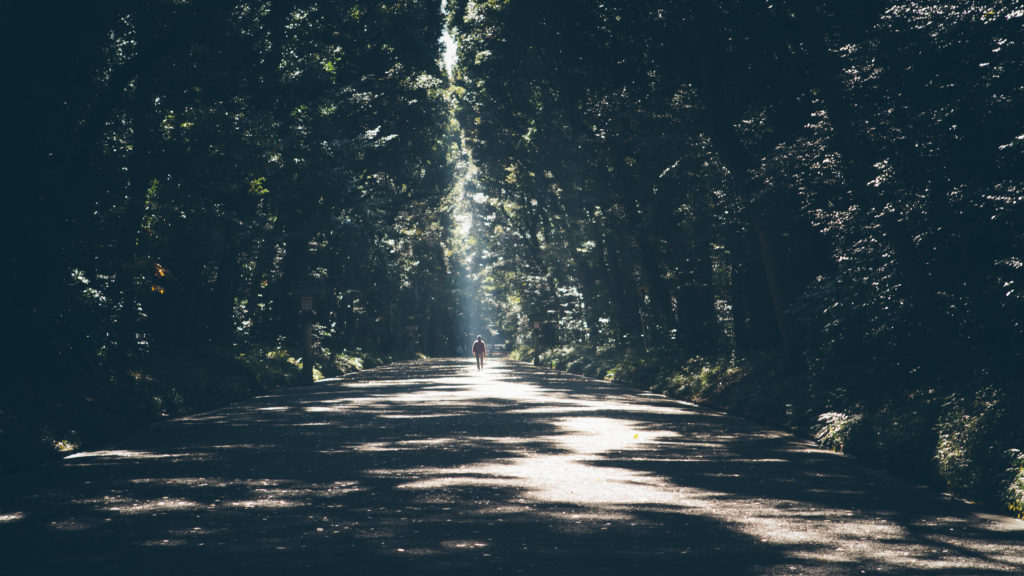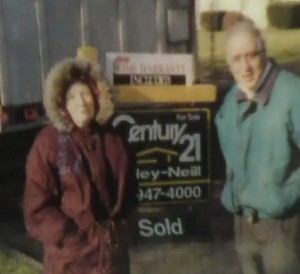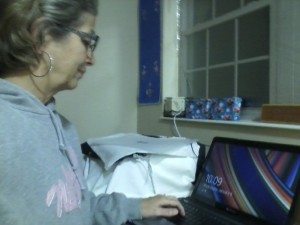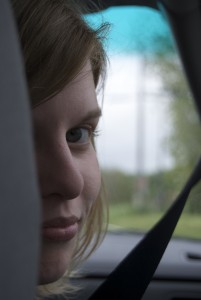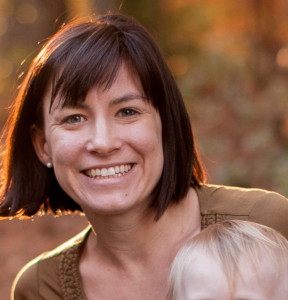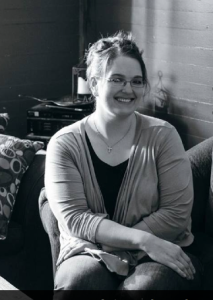It’s Monday, the day I most need yoga and least have time for it. At 3:58, I rush across the bamboo floor of the studio, flustered and sweaty. Calm, centered-looking people who are already on their mats dot the studio, assuming some type of restorative/meditative/stretching pose that seems to highlight and mock my perpetual race against time.
Does being centered make a person on time, I wonder, or does being on time make a person centered?
Maybe I’ll never know.
I unfurl my pea green yoga mat, then make too many trips back and forth for various props, with each pass noticing another one I’m still missing. As I set up a block to sit on, my mind bounces around: a client I forgot to email; my daughter stretched on her bed as I left home, promising she would start her homework; a dinner ingredient I forgot to put on the list for my quick grocery run after yoga.
Ginger root ginger root ginger root ginger root, I chant to myself as I wind my hair into a hasty top knot. Even as I try to commit the necessary ingredient to memory, my brain ricochets its response: You’ll forget you’ll forget you’ll forget.
Scolding my unhelpful pessimism as our yoga instructor welcomes us to the practice, I settle into a cross-legged sukhasana, replacing ginger root and you’ll forget with that calming word: su-KHA-sa-na.
I feel the word rolling through me slowly, syllable by syllable; it flows and spreads rather than ricochets. Sukhasana. Its mere foreignness and lyrical rhythm help me shift from a day marked by meetings on my calendar, check marks on my to-do list, and billable hours measured by my laptop’s digital clock.
Yoga class was one of those calendar items—the last one of the day. Now that I’m here, I do my best to let go.
Sukhasana.
* * * * *
“Observe your thoughts. Acknowledge them,” my yoga instructor says. “Then let them go with your next exhale. Transition from your day to your yoga practice. Your only task now is to turn your attention inward and follow your breath.”
I’m not good at letting go. I’m good at making things happen, by pure force of will and careful strategy. In almost all other parts of my life, time equals progress—steps walked, words typed, hours billed, rugs vacuumed, cakes transforming from formless batter to sliceable delicacy. But in yoga, time is liminal. It speeds up or slows down according to my ability to access more breath, to find the far reaches of my lungs.
I am here. I am here.
This is the mantra I turn to most often to quiet my mind and deepen my breath—an adagio in four counts, inviting my breath to dance with parts of my body it hasn’t visited all day.
Inhale: I – am – here – (rest)
Exhale: I – am – here – (rest)
When I’m surprised by the instructor’s gentle voice saying “Begin to bring your awareness back to this space,” I know I’ve done it: I put time in its place, if even just for a short spell.
* * * * *
“Your back legs can be straighter. Even straighter. Reeaach through those finger tips, getting as much length as possible in your waist!”
Our instructor is walking among our mats as we all exert ourselves toward the best Warrior One poses we’ve ever achieved. She gently taps up on knees that aren’t straight enough, and lifts up on rib cages that could find another millimeter of length. As she wanders to my side of the studio I straighten and lengthen even more, hoping my back leg is one she won’t tap. At this moment I want to impress her as much as I want to punch her.
“Good! OK, hold it. Hold it. Just one more breath.”
One more breath my ass, I think. My deeply bent front leg begins to take on a trembling life of its own as our instructor forgets the definition of “one more breath,” pausing to align someone’s uneven hips.
In the agony, time becomes time again. There isn’t a clock visible in the studio, but there is a second hand ticking in my mind, mocking me as it did in middle school PE class when I was being timed for the dreaded “flex arm hang,” my arms betraying me in violent tremors.
Finally we are released from our deep lunge misery and allowed to “rest” in downward facing dog.
“That was wonderful!”
I’m a sucker for her enthusiastic praise every time.
* * * * *
 Finally we transition into everyone’s favorite pose: savasana, or “corpse pose.” I’ve worked hard, so I sink into it gratefully, like one who has earned the right to release every muscle in her body.
Finally we transition into everyone’s favorite pose: savasana, or “corpse pose.” I’ve worked hard, so I sink into it gratefully, like one who has earned the right to release every muscle in her body.
But my love for savasana stems from more than my immediate need for a rest; I love it because there are no other moments in my busy life when I give myself permission to fully let go. No control. No effort. No holding what has been or what’s next. No seconds ticking into minutes.
For a while I am only a body, existing outside of time.
* * * * *
(Savasana photo, above, by Robert Bejil.)

